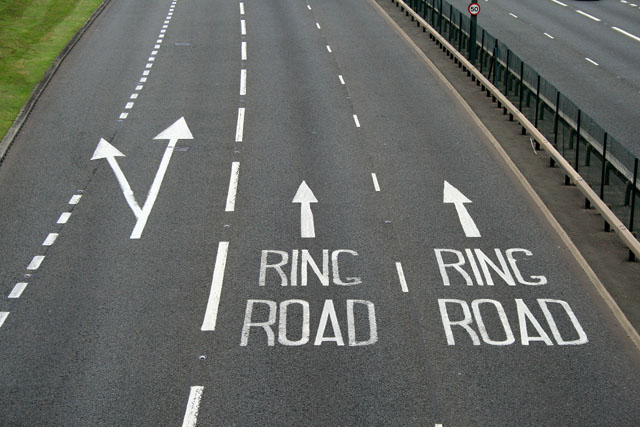Autos
Road Markings: The Different Types and Importance

Road markings are among the best tools that can be used to ensure road safety. They provide guidance and information about the road’s layout, provide danger warnings and help regulate crossing. Road markings are not just the yellow and white lines you usually see on the road. Mechanical devices like cat’s eyes and rumble strips are also used as road markings.
Cat’s eyes are used to separate lanes. As they are reflective, they’re more visible in wet weather and at night. Rumble strips, on the other hand, indicate the center or side of the road for tired and distracted drivers. The combination of vibration and noise as your tires run across raised rumble strips give a strong indication that you’ve drifted out of the lane and have to realign your car.

Continuous efforts are being made to improve the efficiency of road markings. One of these is the addition of reflective glass beads to road markings to increase visibility and reflect car headlights. Glass beads play a major role in boosting road safety in a cost effective manner. Due to the retro-reflective feature of the beads at night, the headlight beam of a car is returned to the eye of the driver. The microspheres not just increase the visibility of road markings at night, but also enhance the durability of the markings. These glass beads are used as drop-on agents and can also function as premix beads for highway marking materials.
Textured road markings are also used to make it easier to see at night and in wet conditions. Some road markings create the perception of narrower roads, influencing the driver to lower his speed.
How Road Marking is Done
Before, road marking was only possible by applying paint to the road surface. Paints that are either oil or solvent based were used to make road markings. A new solution, however, is becoming more popular today.
Thermoplastic, a combination of a white pigment to achieve the white color, light colored silica sand that serves as a bulking agent, some glass beads to make the lines shine at night by reflecting the car’s headlight beam back to the driver’s eye and a resin binder that holds all the materials together, is now used.
A line’s capability to be visible at night is called specific luminance or retro-reflectivity. Glass beads are added to the molten thermoplastic line area and paint to guarantee nighttime visibility and increase the line’s retro-reflectivity. Once the line surface becomes damaged, the line’s retro-reflectivity will rely on the glass beads added to the road marking material. The line’s long-term ability to reflect light to the driver is increased by the quality and quantity of the glassed beads and the line matrix’s whiteness.
The quality of workmanship is also important in creating durable and high quality road markings. In some cases, the marking material or the glass bead’s quality is mistakenly blamed for poor retro-reflectivity. High quality road markings, however, are the result of excellent workmanship.
When done properly, road markings can help lessen the accumulation of various signs on the roadside and influence the road users to adjust their driving or crossing behavior.
-

 Tech11 years ago
Tech11 years agoCreating An e-Commerce Website
-

 Tech11 years ago
Tech11 years agoDesign Template Guidelines For Mobile Apps
-

 Business6 years ago
Business6 years agoWhat Is AdsSupply? A Comprehensive Review
-

 Business10 years ago
Business10 years agoThe Key Types Of Brochure Printing Services
-

 Tech8 years ago
Tech8 years agoWhen To Send Your Bulk Messages?
-

 Tech5 years ago
Tech5 years ago5 Link Building Strategies You Can Apply For Local SEO
-

 Law5 years ago
Law5 years agoHow Can A Divorce Lawyer Help You Get Through Divorce?
-

 Home Improvement6 years ago
Home Improvement6 years agoHоw tо Kеер Antѕ Out оf Yоur Kitсhеn































